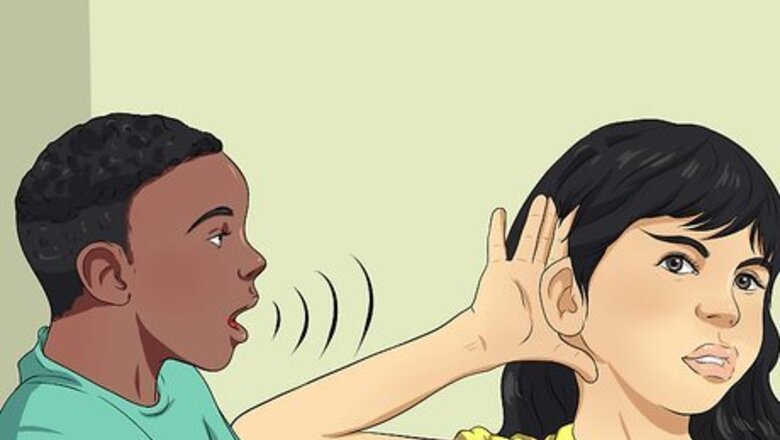
views
X
Research source
Thus, individuals with dyslexia usually do not read as accurately or with as much fluency or speed as people without dyslexia.[2]
X
Research source
Annual Research Review: The Nature and Classification of Reading Disorders--A Commentary on Proposals for DSM-5 (Margaret J Snowling & Charles Hulme) in Journal of Child Psychology and Psychiatry 53(5), May 2012, pp. 593-607.
The good thing is that although dyslexia is a lifelong issue, it can be treated and alleviated once it has been diagnosed. While the primary symptom is delay or difficulty in the ability to read, there are in fact number of ways to recognize dyslexia in pre-school children, school-aged children, and adults.
Recognizing Dyslexia in Preschool Children (Ages 3-6)
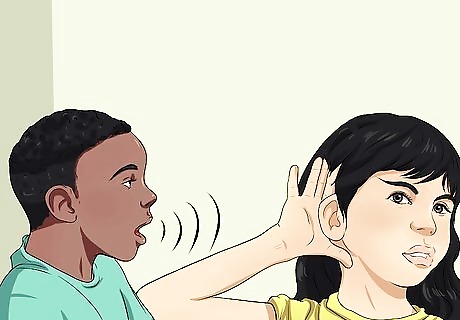
Look for difficulties in talking and hearing. Dyslexia is characterized by problems decoding and processing language, so symptoms will appear in areas other than just reading. One or two symptoms is not necessarily indicative of dyslexia, but if your child has many of these symptoms, you may want to speak with your child's pediatrician. Delayed speech (though this can have many other causes). Consult your pediatrician if you are concerned about your child's speech development. Difficulty pronouncing words, including letter switching – i.e. “mawn lower” instead of “lawn mower.” Difficulty breaking down words into sounds as well as the reverse, the ability to blend sounds to make words when speaking. Difficulty with rhyming words together.
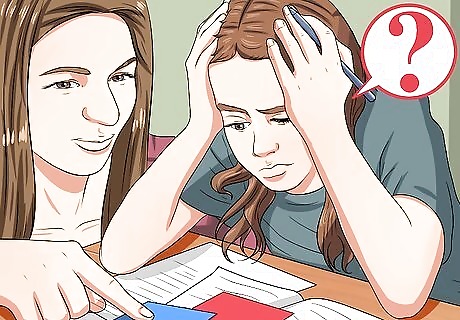
Look for learning difficulties. Because children with dyslexia have difficulty with phonological processing (the manipulation of sounds) and rapid visual-verbal responding, they may exhibit some difficulties in basic learning, including: Slowness to build their vocabulary. Usually dyslexic pre-school children only say a small number of words. Slow recall of sounds, letters, colors, and numbers. Dyslexic children may also be slow to name even objects familiar to them. Difficulty in recognizing their own names. Difficulty rhyming or reciting nursery rhymes. Difficulty remembering content, even from a favorite video. Note that writing errors are not necessarily indicative of dyslexia in pre-schoolers. Many kindergarteners and first-graders reverse their letters and numbers as they are just learning to write. However, this can be a sign of dyslexia in older children and if the reversal of letters and numbers in writing persists, your child should be tested for dyslexia.
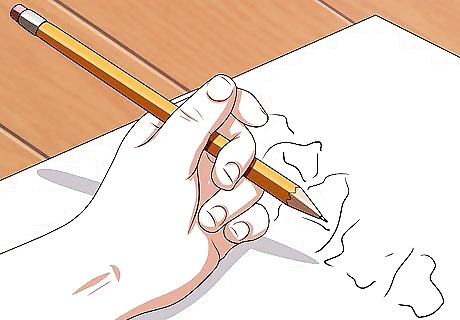
Look for physical difficulties. Because dyslexia includes problems with spatial organization and fine motor control, it can also have physical manifestations in young children, including: Slowness to develop fine motor skills, such as holding a pencil, book, using buttons and zippers, or brushing teeth. Difficulty knowing left from right. Difficulty moving to the rhythm with music.
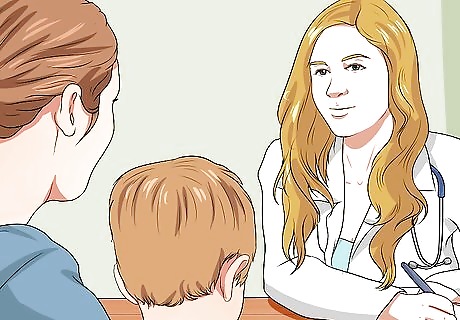
Talk to your child’s pediatrician. If you are concerned that your child might have dyslexia, it's best to consult with your child's primary physician. Early diagnosis is vital in helping children learn to cope effectively with dyslexia. Professionals have a battery of tests that allow them to test and diagnose dyslexia in children as young as 5 years old.
Recognizing Dyslexia in School-Age Children (Ages 6-18)
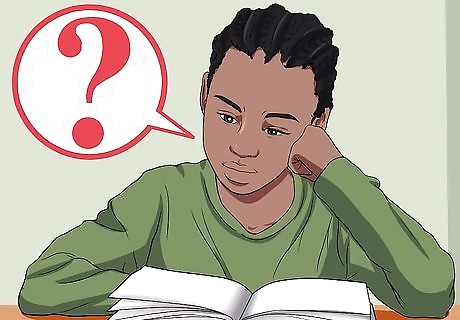
Look for difficulty reading. Dyslexia among children and young people is usually first recognized when they fall behind their peers in learning to read or in consistently reading below their age level. This is the primary indicator of dyslexia. Reading problems may include: A delay in learning the connection between letters and sounds. The confusion of small words like “at” and “to” or “does” and “goes”. Consistent reading, spelling, and writing errors, even after being shown the correct forms. Common errors include letter reversals (e.g., “d” for “b”); word reversals (e.g., "tip" for "pit"); inversions (e.g., “m” for “w” and “u” for “n”); transpositions (e.g., “felt” and “left”); substitutions (e.g., "house" and "home”). Needing to read a short selection multiple times to comprehend it. Trouble understanding age-appropriate concepts. Trouble taking notes and predicting what will happen next in a story or sequence.Early intervention is key. "As soon as we noticed our daughter was struggling to put words and sounds together in kindergarten, we sought help. We were nervous about intervening in her learning too early but decided to work with a reading tutor after some debate. This was really helpful and showed us we didn't need to be worried about starting to help her too early on." - Jackie, mother of a daughter with dyslexia

Watch for auditory (listening) and speech problems. The underlying cause of dyslexia is a problem with phonological processing, the ability to see or hear a word, break it down into discrete sounds, and then associate each sound with the letters that make up the word. Though this makes reading particularly difficult, it often also impacts children's ability to listen and speak clearly and correctly. Signs include: Problems comprehending rapid instructions or recalling sequences of commands. Difficulty remembering what is heard. Difficulty putting thoughts into words. The child may also speak in halting sentences and leave sentences incomplete. Garbled speech: wrong words or similar words substituted for what the child means. Difficulty making and comprehending rhymes.
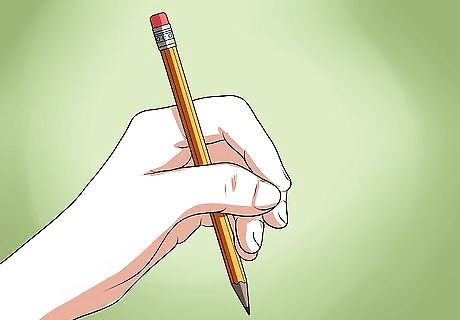
Watch for physical symptoms. Because dyslexia includes problems with spatial organization, dyslexic children may also struggle with their motor skills. Common signs of problems with motor skills include: Trouble with writing or copying. Their handwriting may also be illegible. Frequent confusion of left and right, over and under.

Look for emotional or behavioral signs. Children with dyslexia often struggle in school, particularly as they see their peers reading and writing with relative ease. As a result, these children may feel less intelligent or like they have failed in some way. There are a number of emotional and behavioral signs that may indicate that your child is suffering from a lack of diagnosis and treatment of dyslexia: The child expresses low self-esteem. The child becomes withdrawn or depressed and is not interested in socializing or being together with friends. The child experiences anxiety. Some experts consider anxiety to be the most frequent emotional symptom exhibited by dyslexic children. The child expresses extreme frustration, which often manifests itself in anger. The child may also exhibit troubling behavior, including "acting out", in order to take attention away from his learning difficulty. The child may have difficulty keeping focused and seems "hyper" or a "daydreamer."
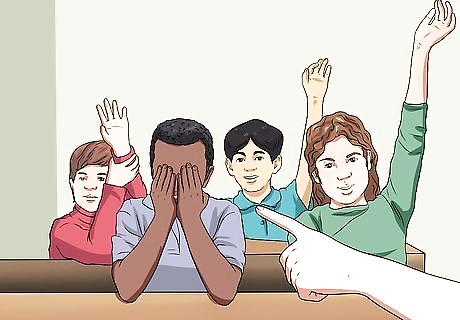
Watch for avoidance mechanisms. Children and young adults with dyslexia may deliberately try to avoid situations where they have to read, write or speak in a public capacity in front of their peers, teachers, and parents. Be aware that older children in particular often use coping or avoidance strategies. What looks like poor organization or even laziness may be a way to avoid the difficulties associated with dyslexia. Children and young people may feign illness in order to get out of reading out loud or public speaking for fear of embarrassment. They may also procrastinate on reading and writing assignments in order to put off their struggle for as long as possible.

Speak to your child’s teacher and doctor. If you think your child may have dyslexia based on any of the above signs, it is imperative that you consult those who are also invested in your child, like his teacher and his primary care physician. These individuals can can help guide you to the right psychological professional so that your child can be formally tested. Early diagnosis is important in helping children learn to cope with dyslexia. Unmet needs in dyslexic children can have dire consequences for these children later in life. Studies have shown that more than one-third of students with dyslexia drop out of high school, which accounts for more than one-quarter of all high school drop-outs. No one test can diagnose dyslexia. The standard battery of tests includes up to sixteen separate assessments. They examine all aspects of the reading process to see where the difficulties are occurring, compare reading level to reading potential based on intelligence, and test how students are most comfortable absorbing and reproducing information (audibly, visually, or kinetically). Tests are usually set up through the child’s school but for additional help, you can find a list of dyslexia centers and professionals by state here.
Recognizing Dyslexia in Adults
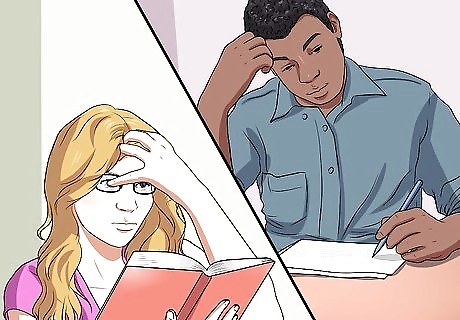
Look for problems related to reading and writing. Adults who have long lived with dyslexia often struggle with many of the same problems as children. Common signs of reading and writing difficulties among adults include: Reading slowly and with many inaccuracies. Poor spelling. Dyslexics may also spell the same word multiple ways in a single piece of writing. Inadequate vocabulary. Difficulty with planning and organization, including outlining and summarizing information. Poor memory skills and trouble storing information after reading.

Look for coping strategies. Many adults will have developed coping strategies to compensate for their dyslexia. These strategies include: Avoiding reading and writing. Relying on others to spell. Procrastinating on reading and writing tasks. Relying on memory rather than reading.

Note the presence of some above-average skills. Even though dyslexics may have difficulty reading, this is not indicative of a lack of intelligence. In fact, dyslexics often have outstanding "people skills" and are very intuitive and effective at reading others. They also tend to have strong spatial thinking skills and may work in fields requiring these skills such as engineering and architecture.

Get tested. Once identified as dyslexic, adults can learn strategies to become more effective readers and writers; this, in turn, may increase their self-esteem. Speak to a medical professional to find a professional (usually a psychologist) to administer the appropriate tests.













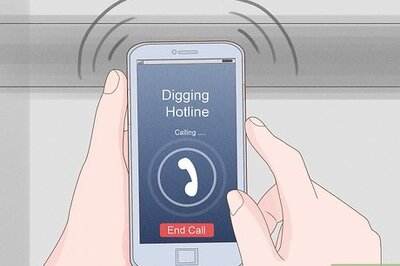



Comments
0 comment